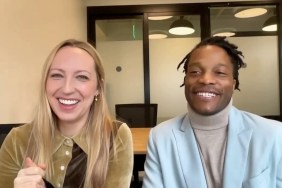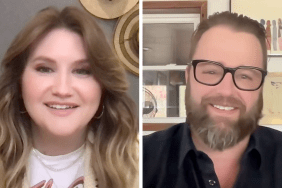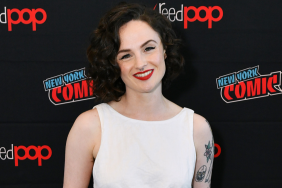ComingSoon Senior Editor Spencer Legacy spoke with See How They Run director Tom George about the appeal of whodunnit stories and casting real actors from the golden age of cinema. The film is available now digitally.
“In 1950s London, plans for a movie version of a smash-hit play come to an abrupt halt after a pivotal member of the crew is murdered,” reads the film’s synopsis. “When…










